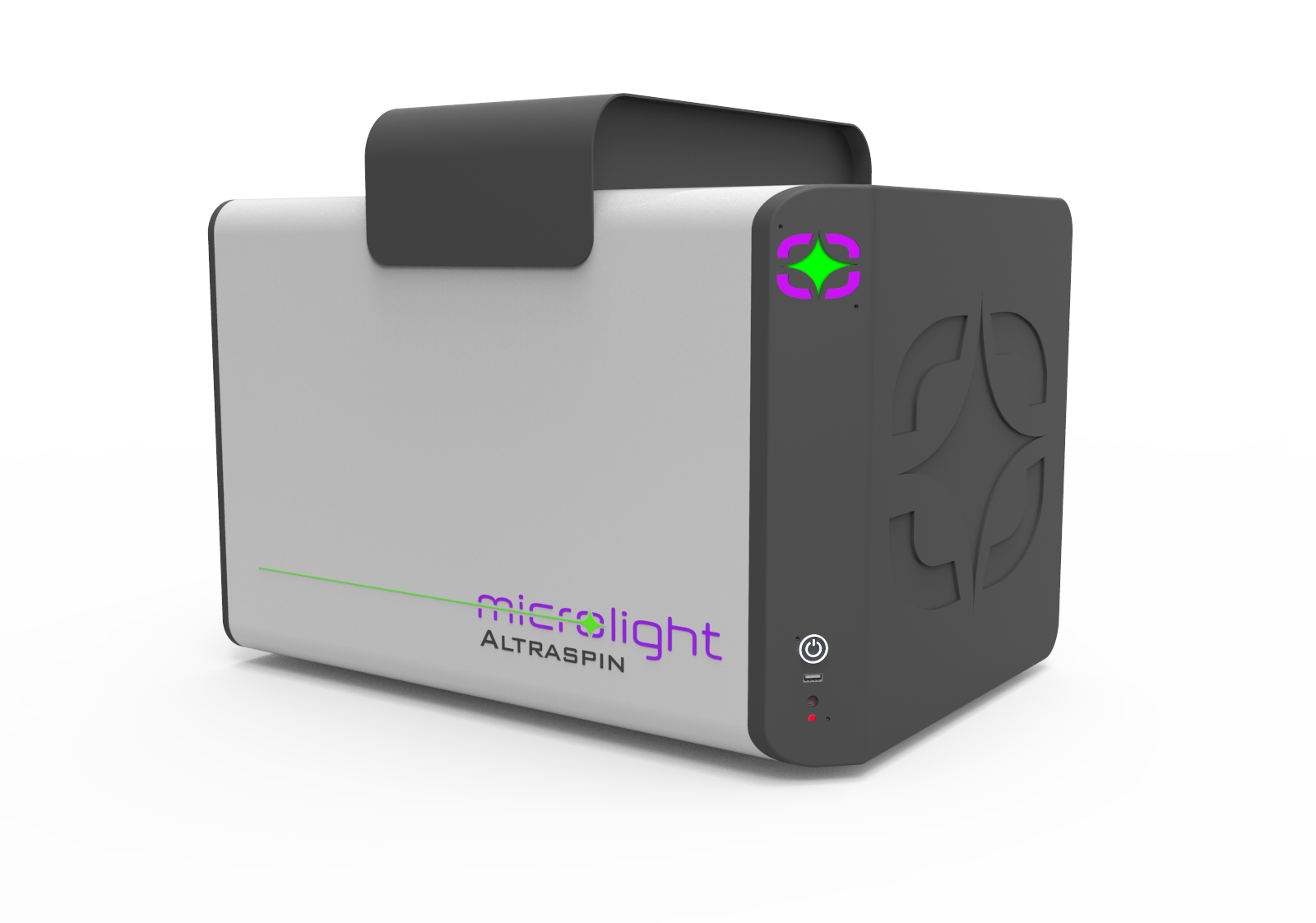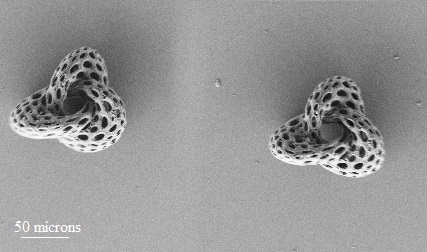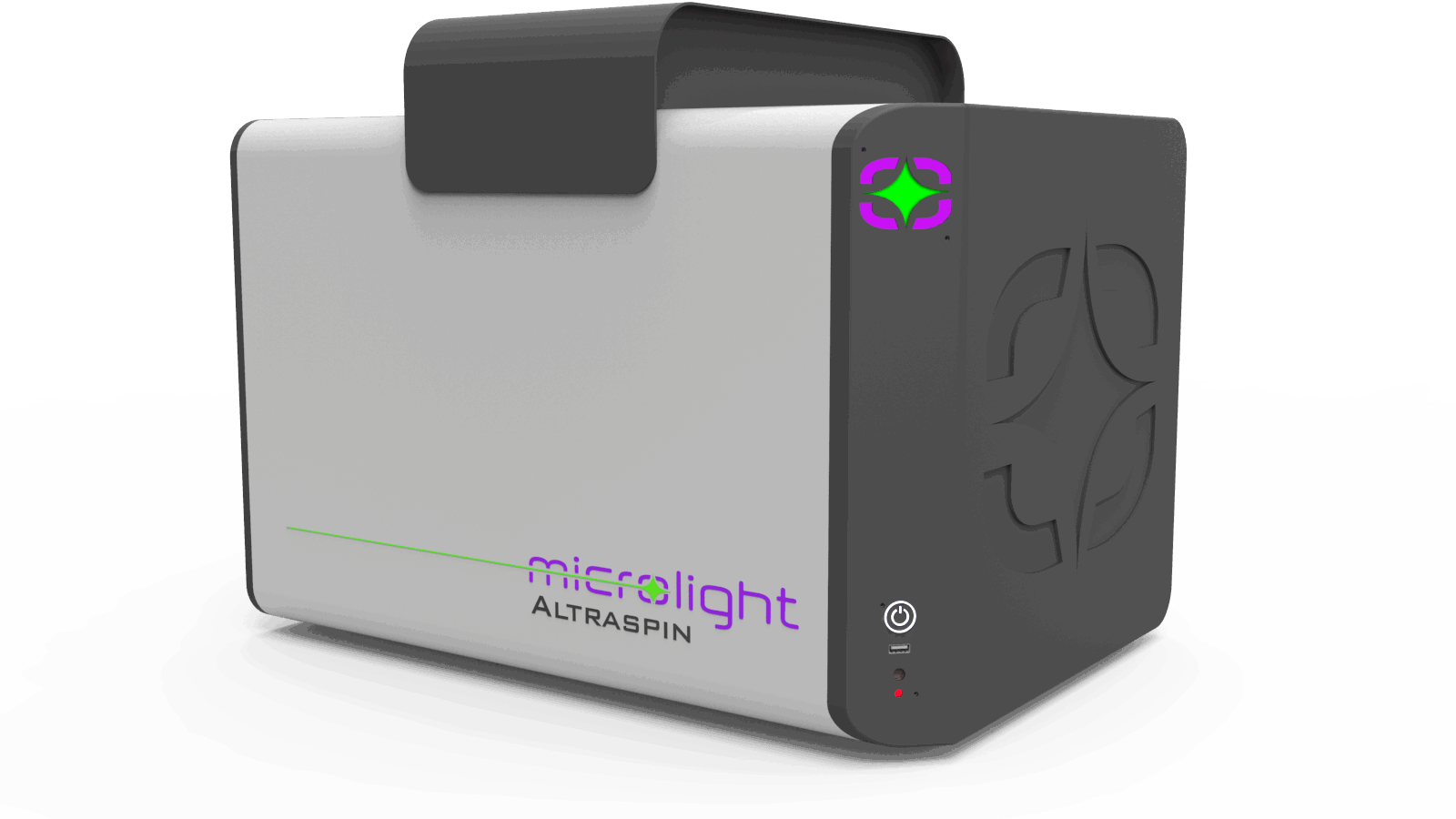nAngioDerm, a regenerative medicine project partnered with Microlight3D, a French ultra-high-resolution 3D printer manufacturer, has received funding in the amount of €747,000 to aid the healing of wounds from ulcers or major burns.
Under EuroNanoMed, a European platform funding research programs, the nAngioDerm project will acquire its grant from the French National Research Agency (ANR). Denis Barbier, CEO of Microlight3D, stated:
“Microlight3D is very proud to be a partner in nAngioDerm, its first European research consortium. Collaborating with such high-level academic organizations on such a key health issue is further recognition of the value of our 3D microprinting technology for regenerative medicine applications.”
“This project is a great opportunity in helping to further develop our micro-scale 3D printing systems for use in future health applications.”

The nAngioDerm project
Commencing this month, the nAngioDerm project seeks to address the global burden of skin and subcutaneous diseases which has reportedly increased rapidly over a 10-year period. From 2009, such ailments have been said to affect as many as 20 million people living with acute wounds, as a result of surgery, or chronic skin ulcers.
According to the NHS, the annual cost of managing wounds was estimated to be £4.5–5.1 billion. Microlight3D, as well as five European partners collaborating on the nAngioDerm project, will develop a cost-efficient 3D printer and process dedicated to the cell-scaffold application to enable living tissue to regenerate itself and facilitate healing.
Manufacturing on Demand
More specifically, the lead partner, the Institute for Bioengineering in Catalonia (IBEC), will explore bio-active ions from biodegradable polymeric nanocarriers. This will lead to the creation of nanostructured devices that promote the in-situ regeneration of damaged skin without the need of cells or growth factors.
The IBEC will also coordinate the contributions of the other partners including the University of Ioannina, Greece, the Universitario Vall d’Hebron Hospital, Spain, and the University of Grenoble, France, where Microlight3D stemmed from.

Mircolight3D technology
Founded in 2016, Microlight3D is a specialist in two-photon polymerization. In this method, ultrashort pulses of light are used to initiate the polymerization of a liquid medium two photons at a time. The technique is especially suited to producing incredibly small objects, the likes of which could fit on the tip of a pencil or smaller.
Recently, Microlight3D acquired Smart Force Technologies (SFT), a micro-scale 2D printing firm, opening up new possibilities for microfluidic 3D printing. Prior to this, the company launched the Altraspin, a 3D printer capable of producing a resolution as low as 0.2µm – up to 100 times smaller than the width of a human hair.

* This article is reprinted from 3D Printing Industry. If you are involved in infringement, please contact us to delete it.
Author: Tia Vialva


Leave A Comment